|
What is Lewy bodies?
Lewy bodies are protein deposits built up in nerve cells of the brain, that is garbage accumulated in the nerve (Fig.1). Lewy bodies can be accumulated in the nerves anywhere in the body. Lewy bodies tend to be accumulated in the temporal lobe of the brain, which creates meaning from what you see and hear. When you see a person, the temporal lobe recognizes what you see as a person. But if Lewy bodies are accumulated in the temporal lobe, when you see a hanger, the temporal lobe can recognize it as a person. This type of a disease is called Lewy body dementia (LBD). Lewy body dementia is the second most dementia after Alzheimer dementia. Initial symptoms of Lewy body dementia are: Visual hallucination (Fig. 2) Shaking and rigidity (Fig. 3) Inability to brush teeth, wear clothes, etc. Changes of physical condition within a day such as sudden spacing-out (Fig. 4) REM sleep behavior disorder is a sleep disorder in which people act out their dreams, involving abnormal behavior such as screaming, shouting, laughing, crying, arm flailing, kicking, punching, choking, and even jumping out of bed (Fig. 5). Parkinson’s disease The most obvious symptom is involuntary shaking of hands and feet. As the disease progresses, balance of the body is not good so that falling occurs easily. All the muscles become rigid, resulting in bedridden 10 years after development of the disease. The cause is considered as that Lewy bodies are accumulated in the brain stem where controls the movement of the body (Fig. 6). In recent years, it has turned out that combined application of medication and exercise improves the condition.
0 Comments
The connection between the bladder and the urinary tract is supposed to be closed so that urine doesn’t leak even if pressure is applied to the abdomen. But when the blander is prolapsed, the connection is open so that urine easily leaks if a little bit of pressure is applied to the abdomen (Fig. 1 & 2). Fig. 3 shows the actual moment of urinary leakage.
The bladder of a woman with uncomfortable feeling in the lower abdomen all the time like a pin-pong ball is stuck is deformed as shown in Fig. 4. In the process of evolution, human pelvis became wider and the hole became bigger because the head of human babies that were born became big, so the internal organs tend to be prolapsed. But there is the pelvic floor muscle that supports the internal organs. If the pelvic floor muscle is damaged by something like a childbirth, the muscle becomes loose and the bladder lowers and is deformed. In France, there aren’t too many people who have urine leakage. Why? Because the exercise blowing up a balloon is recommended and performed. When blowing up a balloon, the diaphragm goes up and the pressure to the pelvic floor muscle decreases so that it makes easier to tighten the anus and contract the pelvic floor muscle. Internal Organ Lift-up Exercise (1) It is important to focus where you move, which is the muscle of the anus used for holding your gas (Fig. 7-1). (2) Before moving the muscle, relax your body and inhale slowly (Fig. 7-2). (3) Tighten the muscle around the anus, exhaling slowly. At the beginning, try for 3 seconds (Fig. 7-3). (4) Relax after exhaling. Try to do this exercise for 10 reps as 1 set, more than 2 sets a day. (5) You can do this exercise with sitting or lying, too. If you continue for 3 months, you can feel the effect (Fig. 7-4). As a result of the exercise to tighten the anus for 1 month, the form of the bladder was improved as shown in Fig. 5 and the discomfort in the lower abdomen gradually decreased. However, people whose pelvic floor muscle can’t contract due to the problem of the nerve need to consult a specialist for whether or not a surgery is necessary. Prevention The causes to loosen the pelvic floor muscle: Constipation, Pollen allergy/Asthma, Childbirth, Obesity (raise the abdominal pressure) Experience of prostate surgery (male) (damage of the nerve) When you strain to pass stools, it is effective to raise your arms above in order to lower the abdominal pressure because raising the arms enlarges the abdominal space (Fig. 6). When you lift up heavy things, straightening your back lowers the pressure to the pelvic floor muscle. [Acu Note] Pain and tingling sensation from low back to thigh diagnosed with Meralgia Paresthetica3/19/2019 A woman with the age of 60s came to my clinic with pain and tingling sensation in her left inguinal area, low back, buttock and thigh.
4 weeks ago she had visited a doctor and had been diagnosed with shingles, and a week later she had visited another doctor and had been diagnosed with Meralgia Paresthetica. She had tried to cool, warm the area of the pain, apply CBD cream and take pain killers every 4 hours, but there had not been any improvement. She was referred to my clinic by her niece who was my patient, but very skeptical about acupuncture. Her symptom showed up when she lay on her side during sleep. After the first treatment, pain and tingling sensation in her left thigh disappeared and she could sleep on either side, but she seemed still skeptical and was thinking that it got better because one week had passed. After the second treatment, pain and tingling sensation in her low back, buttock and inguinal area disappeared mostly as well. At this point, she seemed like trusting the effectiveness of acupuncture treatment. I finished her third treatment telling her to come back for 2 more treatments to prevent reoccurrence. A patient came to my clinic. He had had ringing in the ear before. That had been good after some acupuncture treatments, but it came back.
In the case of ringing in the ear, I usually retain needles at the points located around the ear in addition to the whole body treatment, and at the end of the treatment, I leave a short needle at one of the points around the ear. I did the similar treatment on him, but when he came back, he told me that his ear was good for just a few days. So I left a short needle at the different point from the previous treatment, but the result of the treatment was almost the same. So I decided to leave a tiny ball on a sticker around his hip joint. Hip joint? When he had come for ringing in the ear previously, it had been difficult to leave a needle around the ear because of the hair, so I had tried to use a point around the hip joint. This point had not been indicated for ringing in the ear, but I just had felt like it could be effective for the ear. And actually it had worked well. But I found a good needle which could stay even in the hair so that I started to use the needle in the hair instead of the hip joint point. He came back again in a week and this time he told me he didn’t notice ringing in the ear so much. Hip joint for ringing in the ear? Acupuncture is interesting. According to a recent research, the cause of stiff neck and stiff shoulders are different.
Stiff shoulders are caused by the stiffness of the trapezius muscle which is the shallow layer of the muscles in the upper back. On the other hand, stiff neck is caused by the tension of the suboccipital muscles which are the deep layer of the muscles in the back of the neck (Fig. 1). The causes of stiff neck are: (1) Posture For example, when you look at the screen of PC, you bend your body a little forward and lift your head backward. This posture tightens the suboccipital muscles and leads to stiff neck (Fig. 2). (2) Eyes In an experiment, people without stiff neck watched a rally in the table tennis and followed the ball for an hour, sitting beside the table-tennis table and fixing their neck. After the experiment, their suboccipital muscles became harder than before the experiment. Why does moving eyes tighten the suboccipital muscles? When we move our eyes, our face also moves slightly and the place where controls this movement is the suboccipital muscles. The screens of smart phones are very small, so it seems like the eyes don’t move. But actually our eyes move on the screen and we look down to the screen. That tightens the suboccipital muscles (Fig. 3). Exercises to loosen the suboccipital muscles The following exercises are more effective when they are performed lying on your back because the neck can relax. 1. Shaking-Head Exercise (Fig. 4) (1) Close your eyes. (2) Turn your head right and left slowly (3 seconds each) within 45 degrees. (3) Repeat 20 reps for 3 times a day. 2. Nodding Exercise (Fig. 5) (1) Prepare low pillow or towel and close your eyes. (2) Chin up slowly (3 seconds) not to tighten the muscles and return to the original state. (3) Repeat 20 reps for 3 times a day. It is important for both exercises not to tighten the muscles. 3. Tucking-Chin-In Exercise (Fig. 6) (1) Tuck your chin in for 3 seconds and relax. (2) Repeat 10 reps for 3 times a day. According to a research published on British Journal of Nutrition, 2015, it has turned out that taking a certain oil a lot lowers the risk of developing heart diseases by about 40 % and the death rate by about 25 %.
The oil is Olive Oil. The area where the death rate due to heart diseases is fewest in the world by using olive oil is Crete in Greece. Why olive oil is good for the heart? Oleocanthal contained in extra virgin olive oil is a type of polyphenol. Spicy taste of extra virgin olive oil is due to oleocanthal. Oleocanthal has the anti-inflammatory effect that calms the inflammation of the heart and the blood vessel caused by aging and prevents the aging of the heart. How to use olive oil by people in Crete, Greece whose heart is young (1) Olive oil is used for cooking with heat as well Olive oil is hard to be oxidized by heating, compared to other oils, so it is suitable that olive oil is used for fried food or stir-fried food. (2) Olive oil is used with compatible food The compatible food is tomato. Tomato contains a lot of substances that have antioxidizing effect such as lycopene. Lycopene is oil-soluble substance so that lycopene is easily absorbed in the blood when it is cooked with oil. How much olive oil should be taken a day? 2 to 4 tablespoons a day are suitable, but it is better to replace the oil in your daily life to olive oil to prevent too much oil consumption. |
IchiroThis Blog is for a memo of my clinical realizations, information about health I have learned recently and update information. Archives
April 2024
Categories
All
|
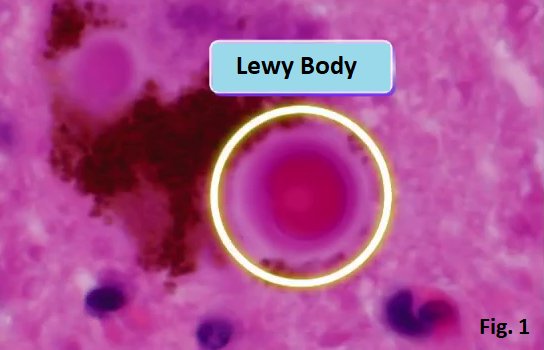
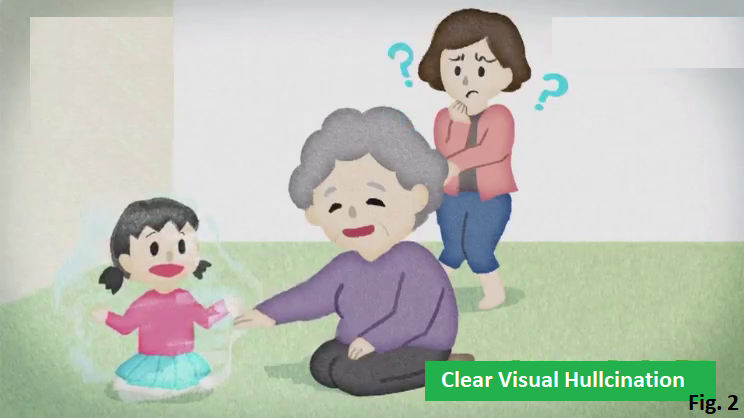
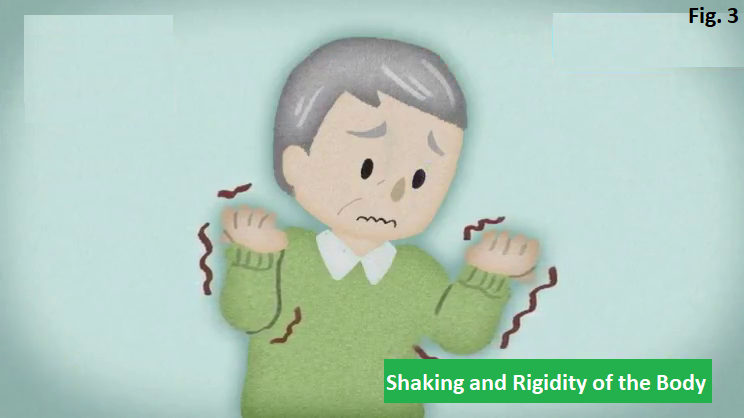
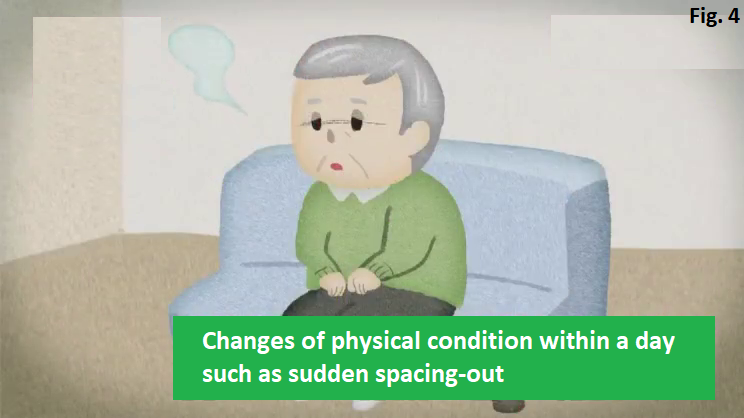
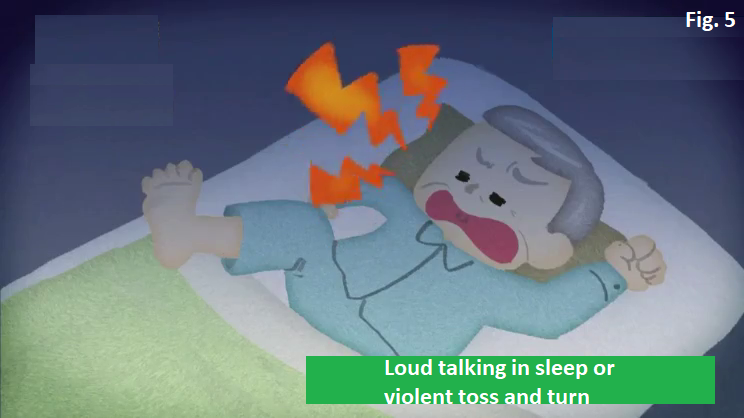

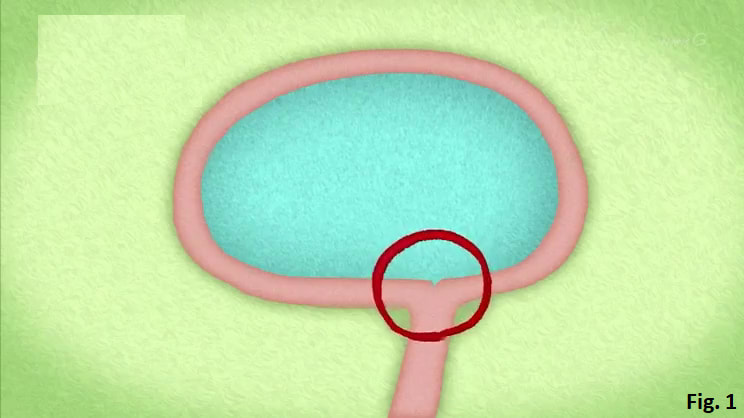
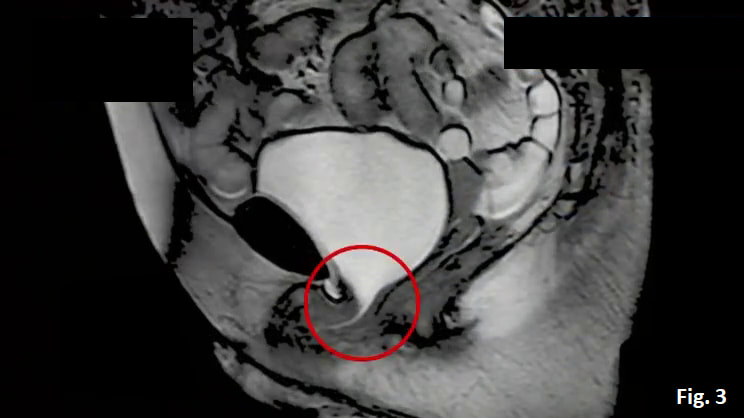
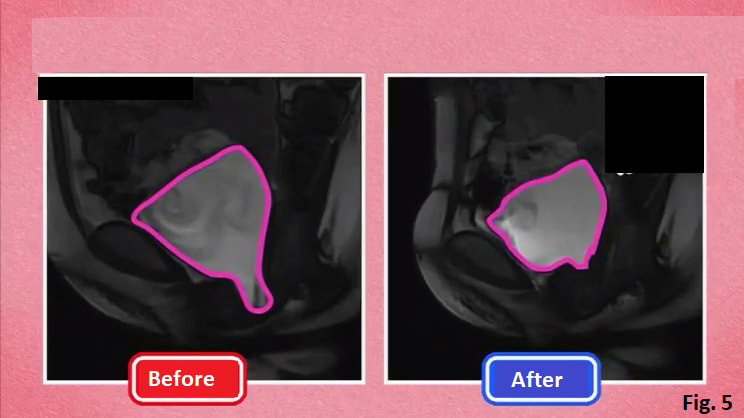
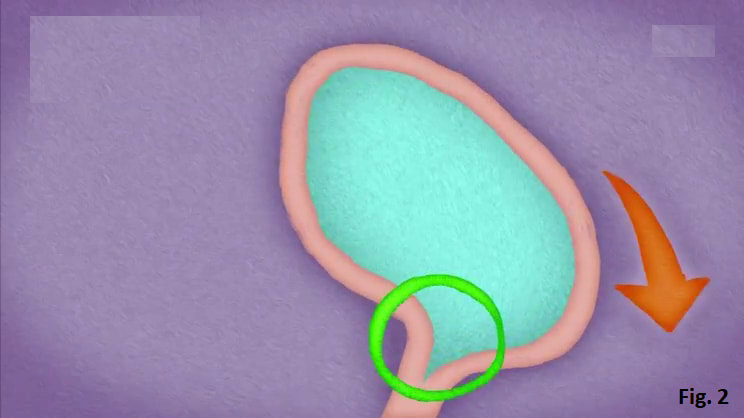
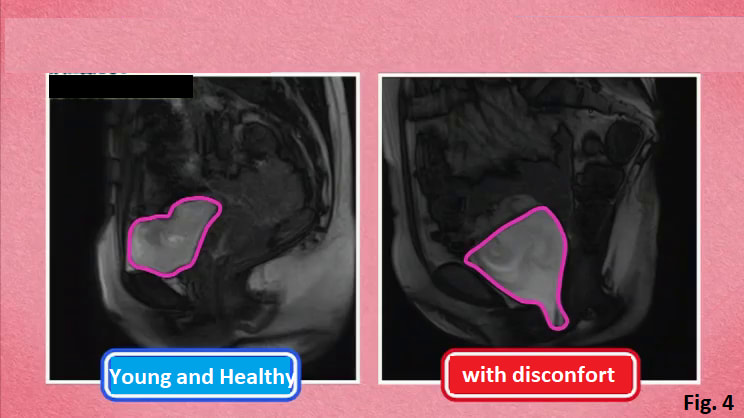
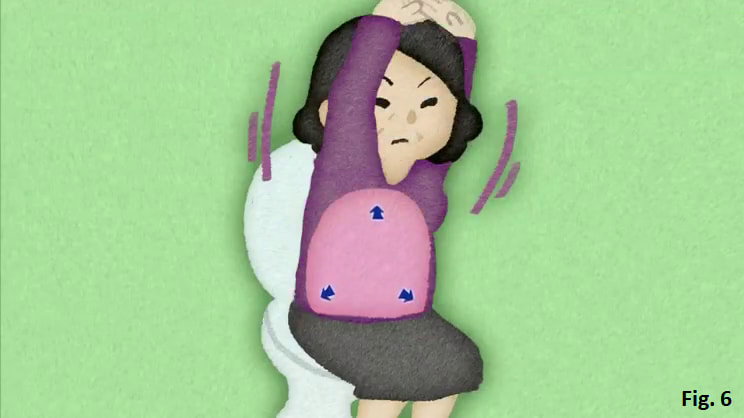
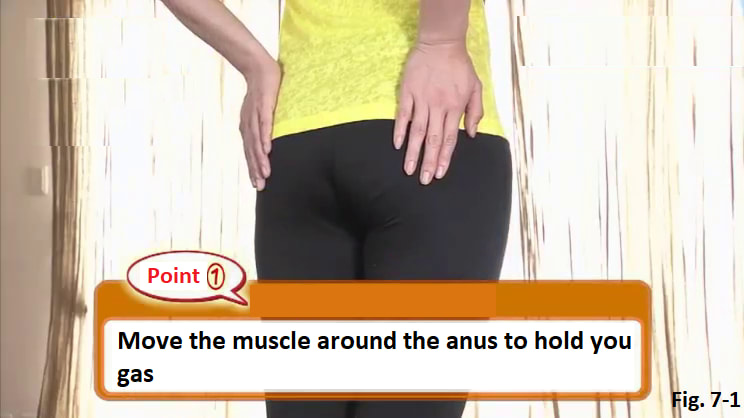
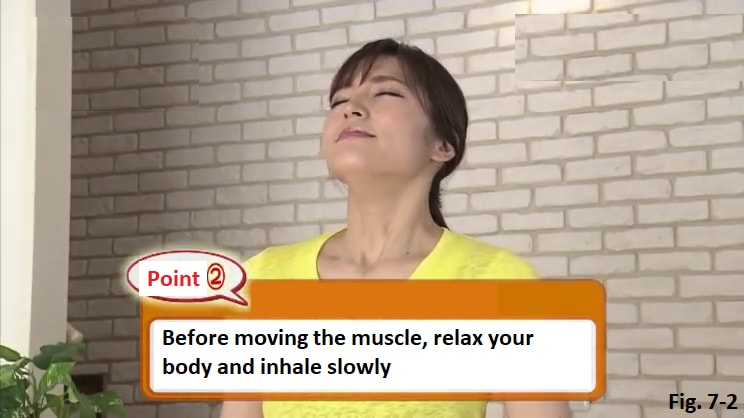
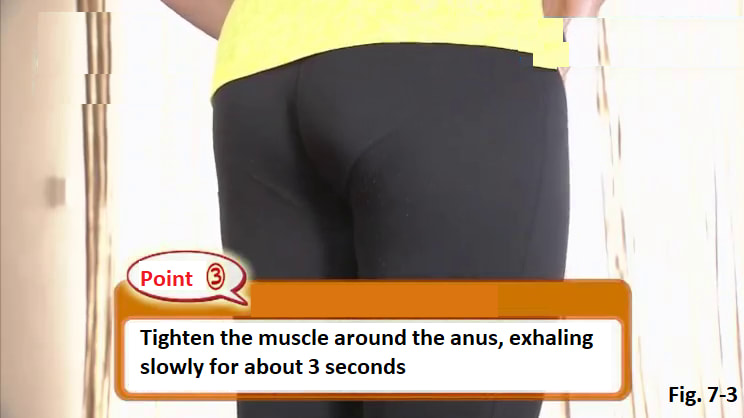
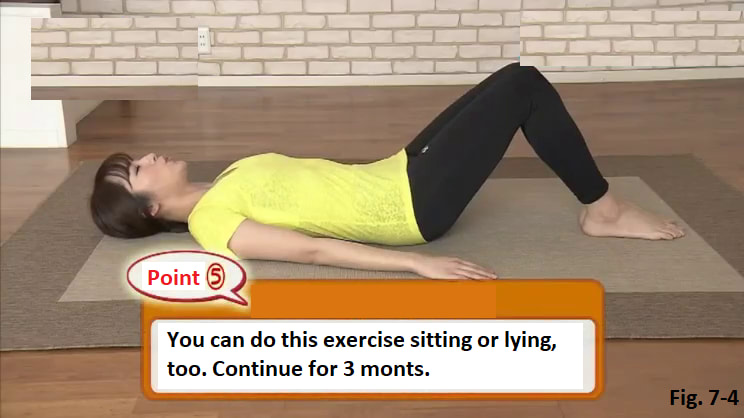
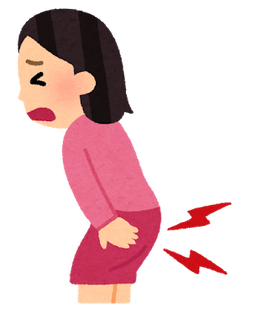
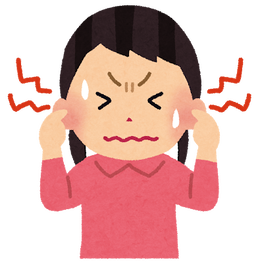
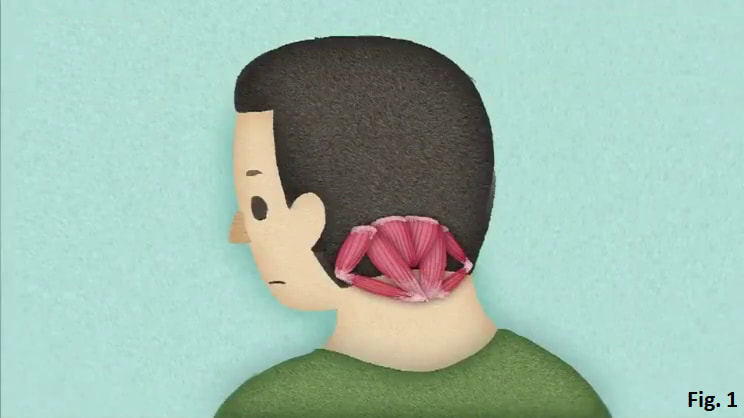

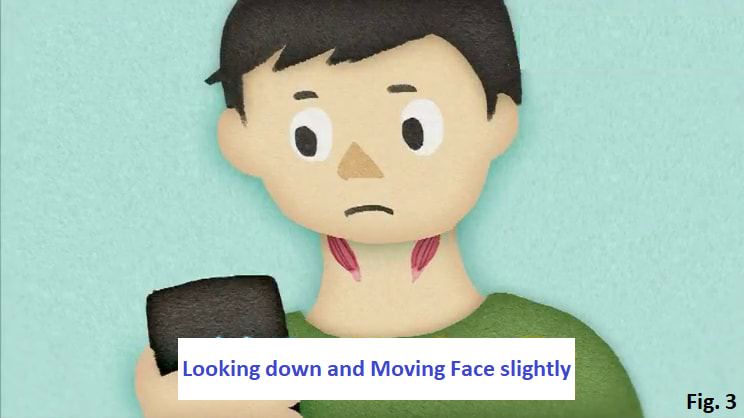
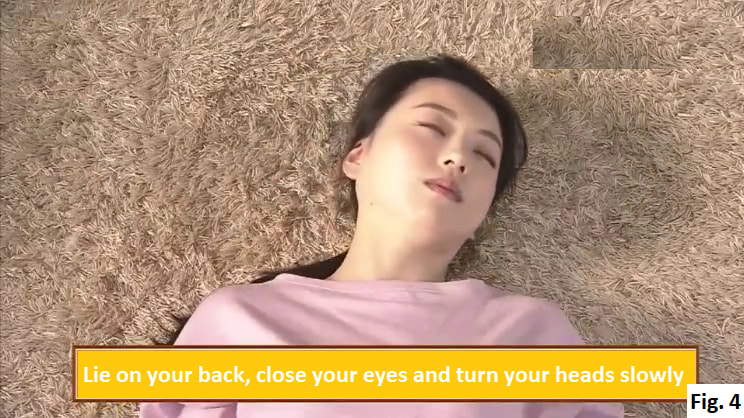
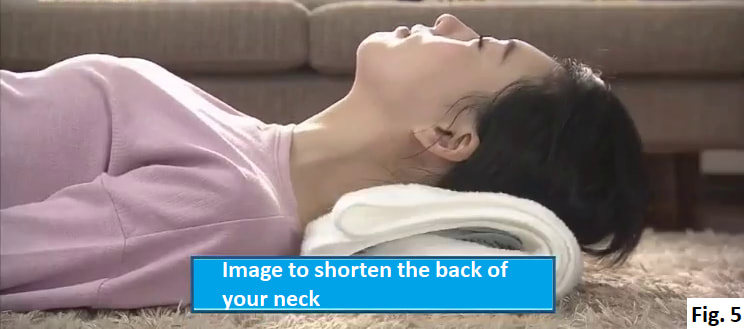
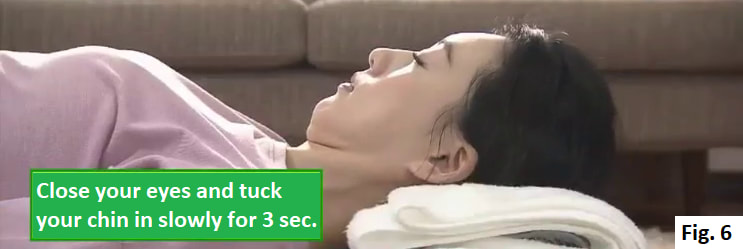

 RSS Feed
RSS Feed